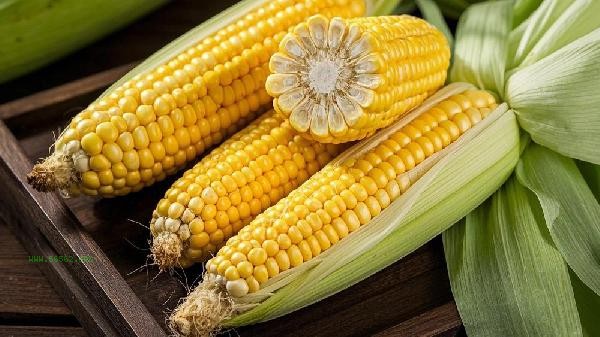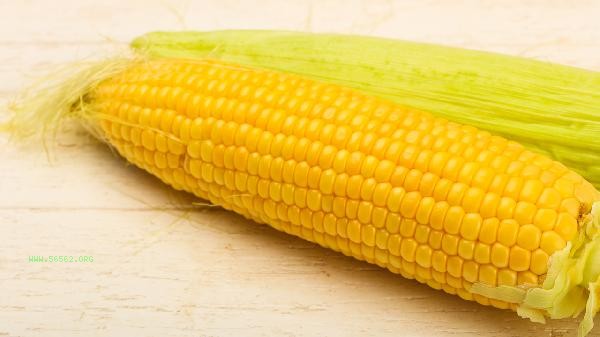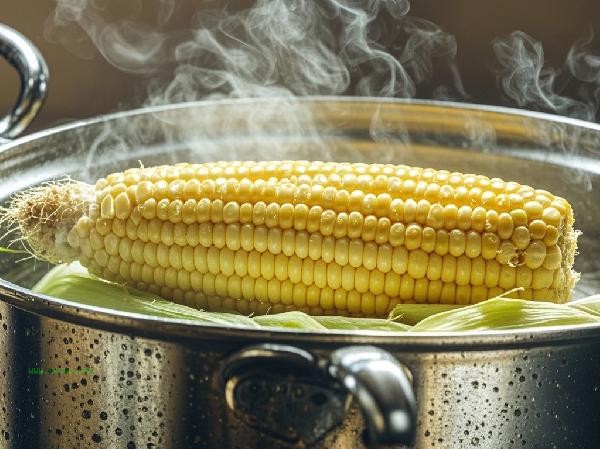Corn is a bit undercooked and is generally not recommended for direct consumption. Epiphytic corn may have difficulty digesting due to insufficient starch gelatinization, and there may also be a risk of microbial contamination. When corn is not fully cooked, its starch molecular structure is not fully destroyed, making it difficult for human digestive enzymes to effectively decompose, which may cause gastrointestinal discomfort such as bloating and diarrhea. Especially for people with weak digestive function, such as the elderly, children, or patients with gastrointestinal diseases, consuming undercooked corn is more likely to cause indigestion. From a food safety perspective, corn that has not reached a central temperature of 100 degrees may contain residual pathogenic bacteria such as Salmonella, and direct consumption may increase the risk of food poisoning. If the corn is only slightly undercooked and the storage environment is confirmed to be safe, it can be remedied by extending the cooking time to more than 20 minutes. It is necessary to ensure that the corn kernels can be easily penetrated by chopsticks without white hard cores. When returning to the pot, it is recommended to peel off the outer leaves and add water to cover the corn. But if there is a sour taste, mucus or abnormal color, it indicates that it may have deteriorated and must be discarded. In special circumstances such as emergency consumption of undercooked corn in the wild, it is recommended to remove the obvious hard parts and chew them thoroughly to reduce digestive burden.

Before cooking corn in daily life, fresh and plump individuals should be selected. Put them in cold water and completely immerse them. After boiling, keep them on medium heat and continue heating. When storing, it is necessary to refrigerate and seal to avoid cross contamination. Overnight corn should be re steamed and consumed. If you experience persistent abdominal pain or vomiting after ingesting undercooked corn, you should seek medical attention promptly to investigate the risk of foodborne diseases. Reasonable handling of ingredients can not only preserve the dietary fiber and B vitamins of corn, but also maximize dietary safety.










Comments (0)
Leave a Comment
No comments yet
Be the first to share your thoughts!